Tea pigments
As early as 1959, British biologist Robert conducted research on the oxidation products of catechins in tea leaves, ultimately completing the theoretical study and determining the molecular structure, which was named “tea pigment.”
The value of tea pigments
The term “pigment” in tea pigments is not what we commonly understand by “pigment” in our daily lives. Instead, it refers to the oxidation products of catechins during Tea processing under the action of endogenous polyphenol oxidase and peroxidase, including theaflavins, thearubigins, and theabrownins, collectively known as tea pigments.
Among these, theabrownins are the main component of tea pigments, accounting for over 85% of the total quantity of tea pigments.
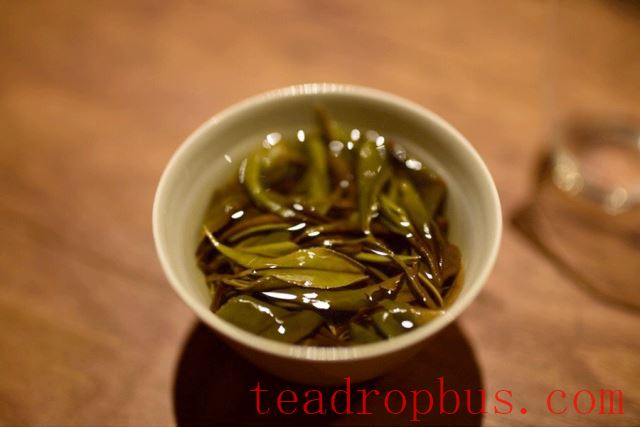
Before 1990, only 0.6-1.6 kilograms of tea pigments could be extracted from each ton of tea, earning them the title of “green gold in medicine.” With advancements in purification technology, purity can now reach up to 99.1%, and industrial-scale production of high-purity tea pigments has been achieved.
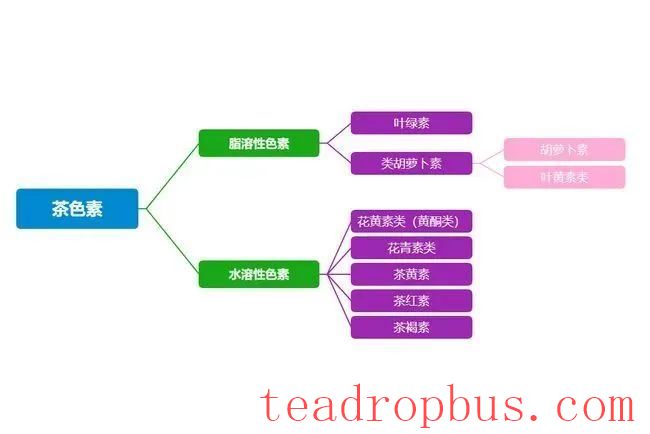
What are the effects of theaflavins, thearubigins, and theabrownins?
01
Theaflavins
Theaflavins are a golden-yellow pigment found in Black Tea, which is a product of tea fermentation. In biochemistry, theaflavins are a class of polyphenolic substances with a tea-bisphenol structure, being the first compound with a definite pharmacological effect found in tea.
The purified form of theaflavins is orange-yellow needle-shaped crystals, with a bright orange-yellow water solution. The more theaflavins present, the brighter the tea infusion. Theaflavins have a strong astringency, a certain degree of freshness, and are weakly acidic, with highly reactive properties that make them prone to oxidation.
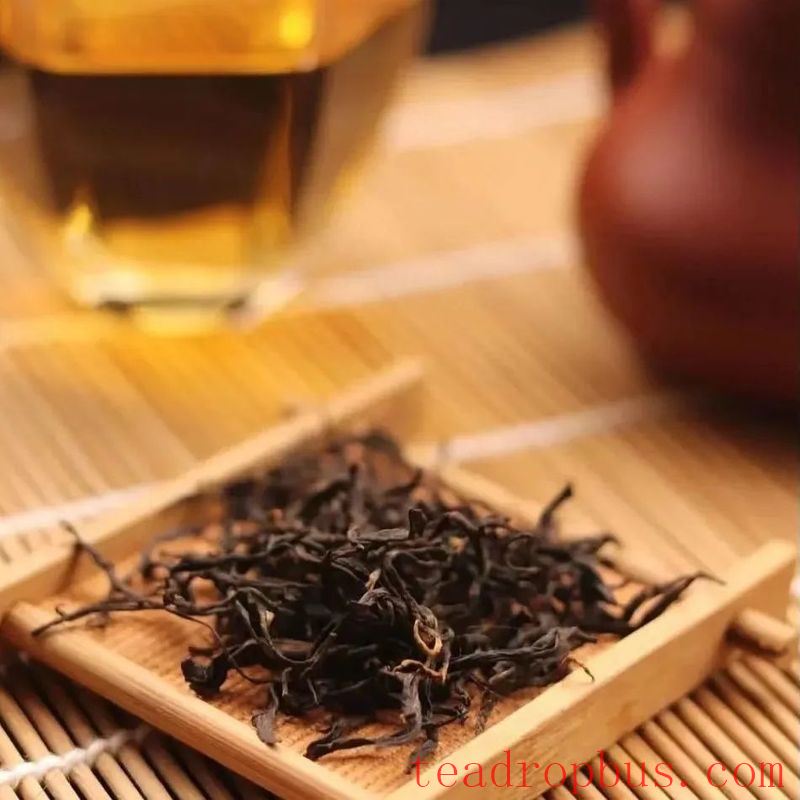
Since their discovery in 1957, they have remained a focus of research, with their structural and physiological-pharmacological characteristics continually being explored, earning them the title of “soft gold in tea.”
Theaflavins have anticoagulant, fibrinolytic, blood viscosity-lowering, and antiplatelet aggregation effects, accelerating blood metabolism and enhancing the oxygen-carrying capacity of blood cells.
They play a positive role in regulating lipids, preventing cardiovascular diseases, lowering cholesterol, and liver care, all without any toxic side effects.
02
Thearubigins
Thearubigins are an orange-brown pigment found in black tea, also a product of tea fermentation. In biochemistry, thearubigins are a heterogeneous group of phenolic substances with significant molecular differences, ranging from red to brown, but are difficult to extract.
However, modern pharmacological studies have shown that the phenolic hydroxyl groups and benzopyranone structures in thearubigins have high activity, making them important in free radical scavenging and antioxidant functions.

Therefore, thearubigins are potent antioxidants that help aging organisms resist biological oxidation.
Thearubigins can increase serum high-density lipoprotein levels, lower lipids and low-density lipoprotein in the serum, and have inhibitory effects on reverse transcriptase of retroviruses and the activities of various cellular DNA and RNA polymerases, as well as dissolve vascular deposits.
03
Theabrownins
Theabrownins are formed through further oxidation and polymerization of tea polyphenols, theaflavins, and thearubigins, appearing as brown or reddish-brown. They are the primary reason for the dark brown color of Pu'er tea infusions and are chemically stable. They have auxiliary effects in reducing lipids and sugar levels.
Theabrownins have the ability to increase the toughness and elasticity of blood vessels, repair the inner lining of blood vessels, prevent hypertension, and treat diabetes.
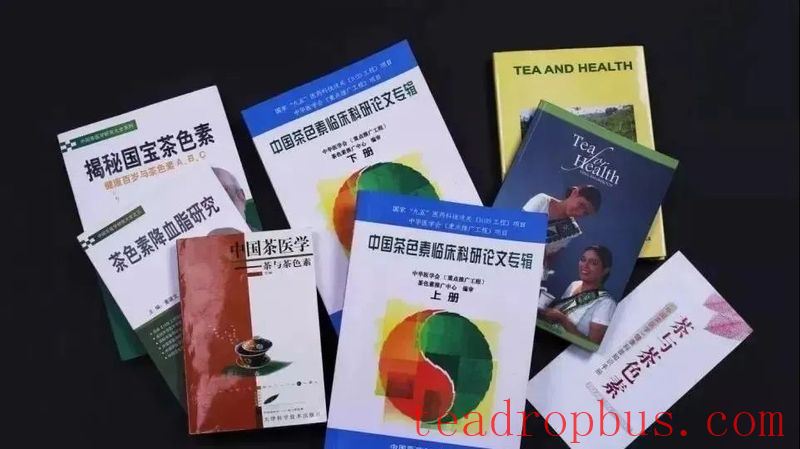
The unique multiple pharmacological effects of tea pigments can fully counteract the seven risk factors for cardiovascular disease, and they do so without any toxic side effects. This makes them a safe and reliable new generation of green ideal drugs for fundamentally treating cardiovascular diseases, representing a significant breakthrough in the field of cardiovascular disease medication.
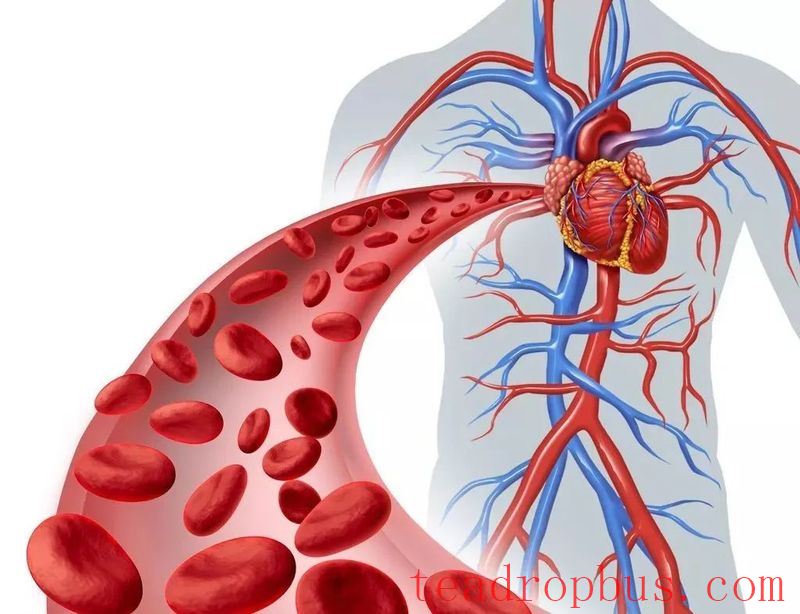
China has always been at the forefront of global research and application of tea pigments. As domestic biotechnology has developed, extraction techniques for tea pigments have continuously improved, leading to significant increases in yield, quality, biological activity, and stability.
The continuous enrichment of scientific research achievements on tea pigments has made this once “noble” substance available as a basic drug to the general public, benefiting ordinary people.
As the latest generation of pure natural medicinal ingredients, tea pigments have extensive therapeutic and health-promoting effects. Clinical trials have shown that even when taken at 4800 times the recommended dose, they demonstrate remarkable efficacy without any toxic side effects.
These unique characteristics have attracted widespread attention from the global medical community, becoming a “international competitive topic” at the forefront of pharmaceutical science in developed countries. The current achievements include:
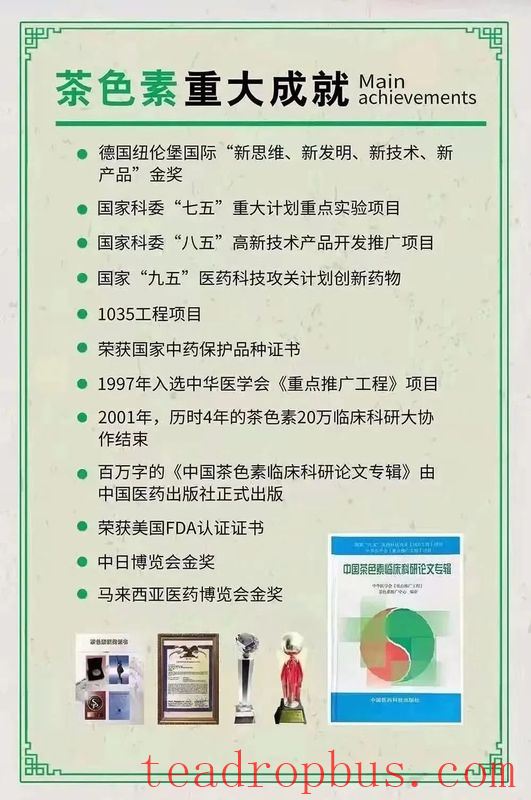
To further improve the level of new drug research and development in China, the National Coordination Group for New Drug Research and Development established the “1035 Project,” which includes: by the end of this century, developing 10 new patented drugs; supporting the establishment of 5 drug screening centers, 5 drug safety evaluation centers, and 5 clinical trial research centers. Tea pigments are one of the key projects in the “1035 Project.”
Over ten years, 20,000 doctors from 2,000 tertiary hospitals participated in the clinical use of tea pigments, generating 200,000 cases of data, all of which have been included in the “Special Issue of Clinical Scientific Research Papers on Chinese Tea Pigments” published by the China Medical Science and Technology Press.
If there are any copyright issues, please contact us to remove them.